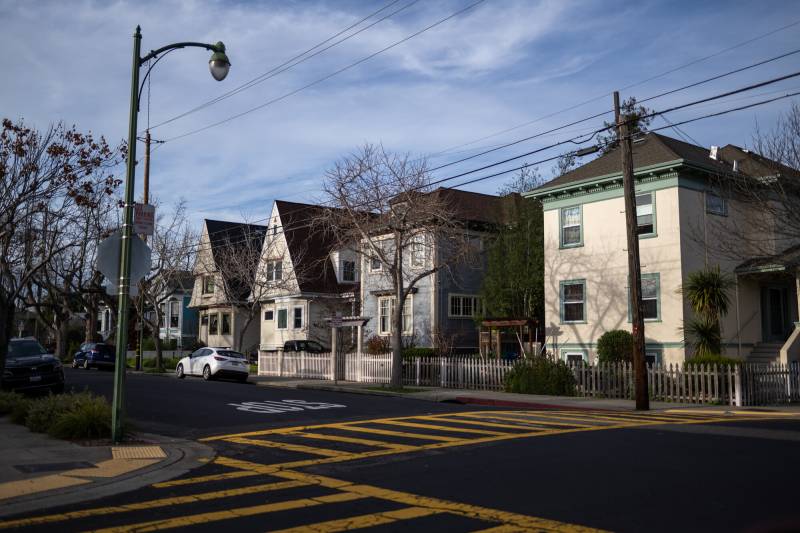Prospective homebuyers could soon see interest rates drop thanks to a cut to the Federal Reserve’s key benchmark, but some experts say tight supply and overwhelming demand are still likely to lead to a tough market for those in California.
On Friday, Fed Chairman Jerome Powell signaled that the central banking system would cut interest rates when it meets next in September, though he did not specify how much they will drop. Nationwide average interest rates for a 30-year fixed-rate mortgage have hovered around 6%–8% for the past year, slowing demand.
Although some real estate agents expect the rate decrease to be an encouraging sign of a busy fall season, others are hedging their bets on how much of an effect it will have on a tight California housing market.



